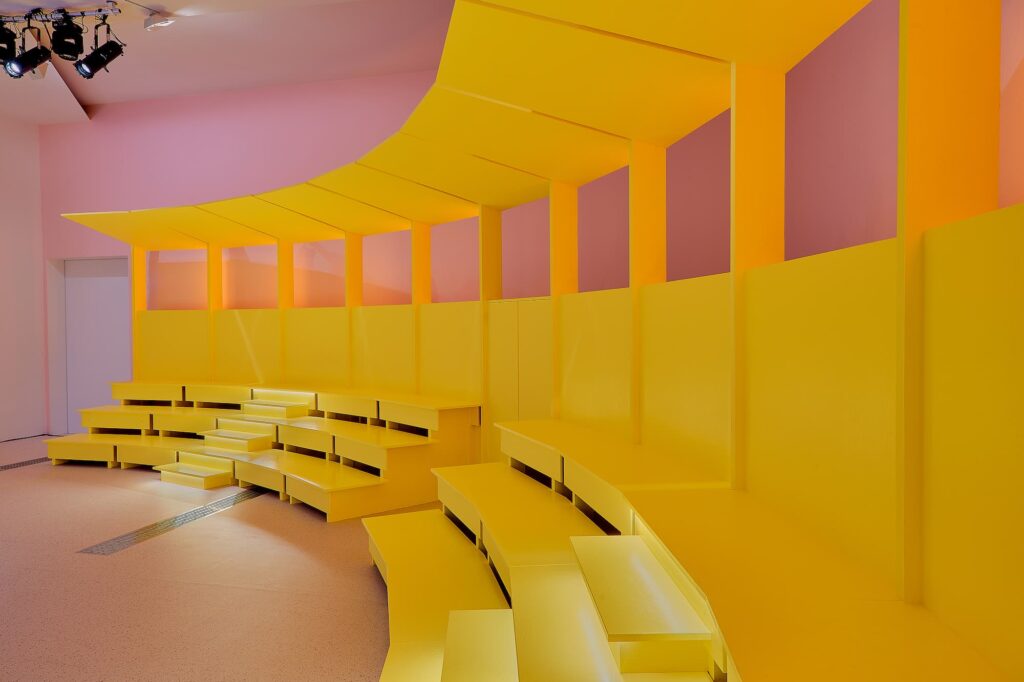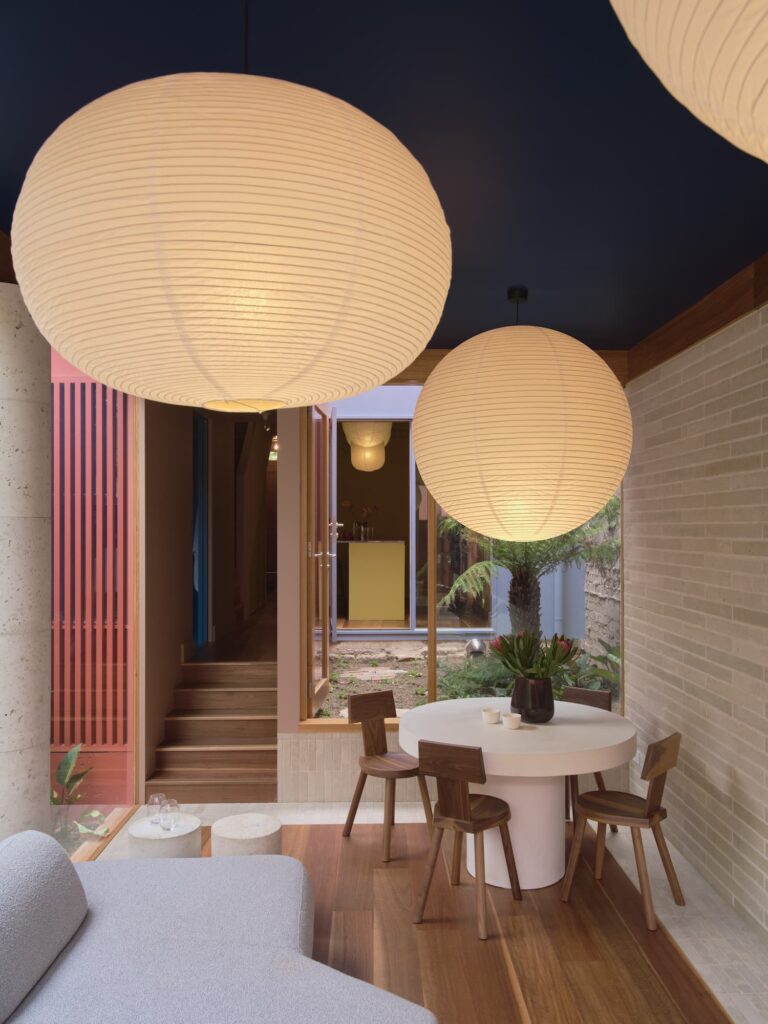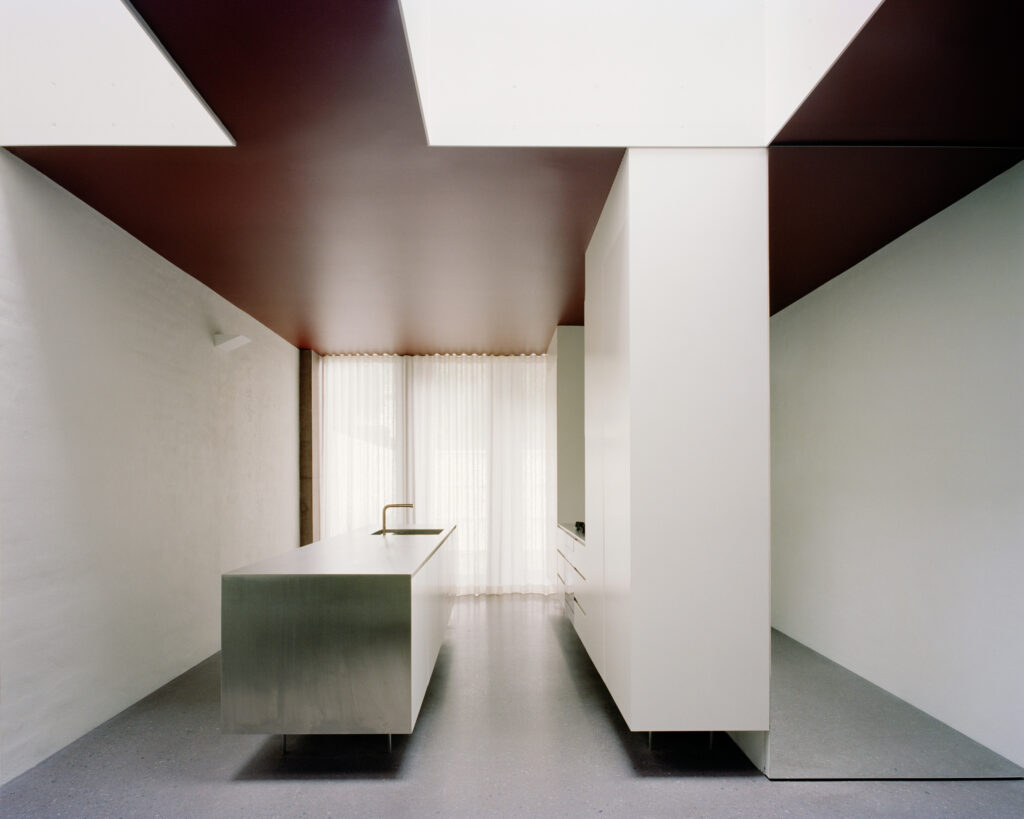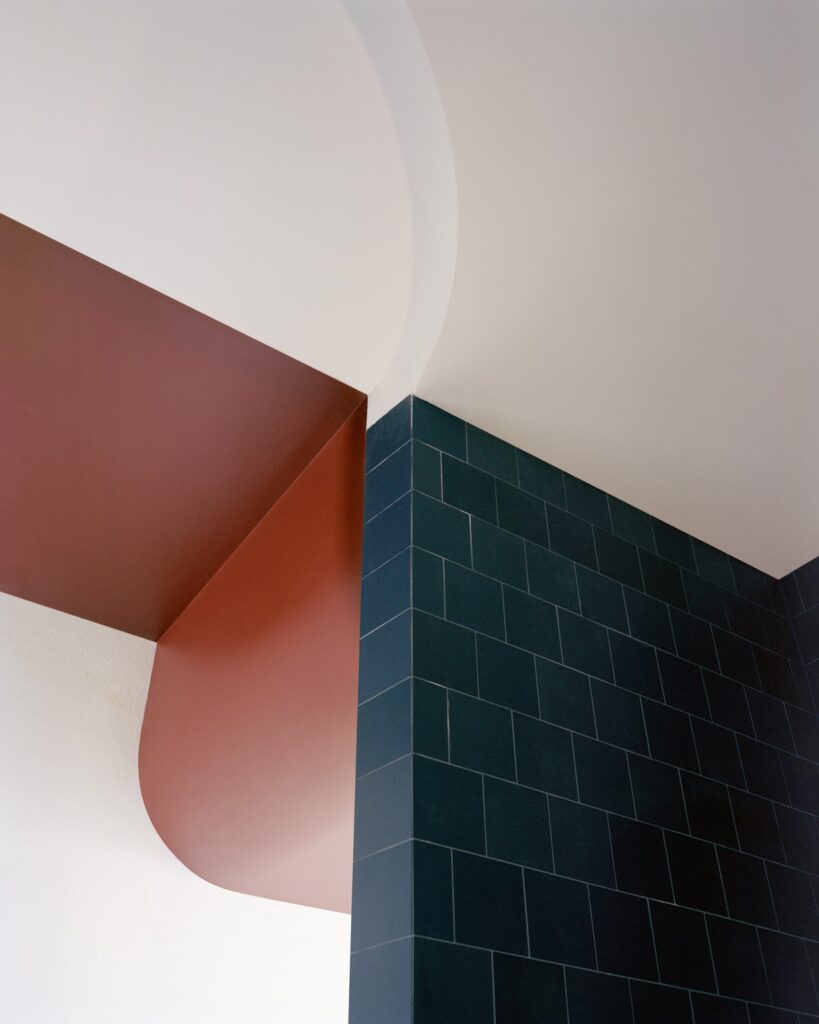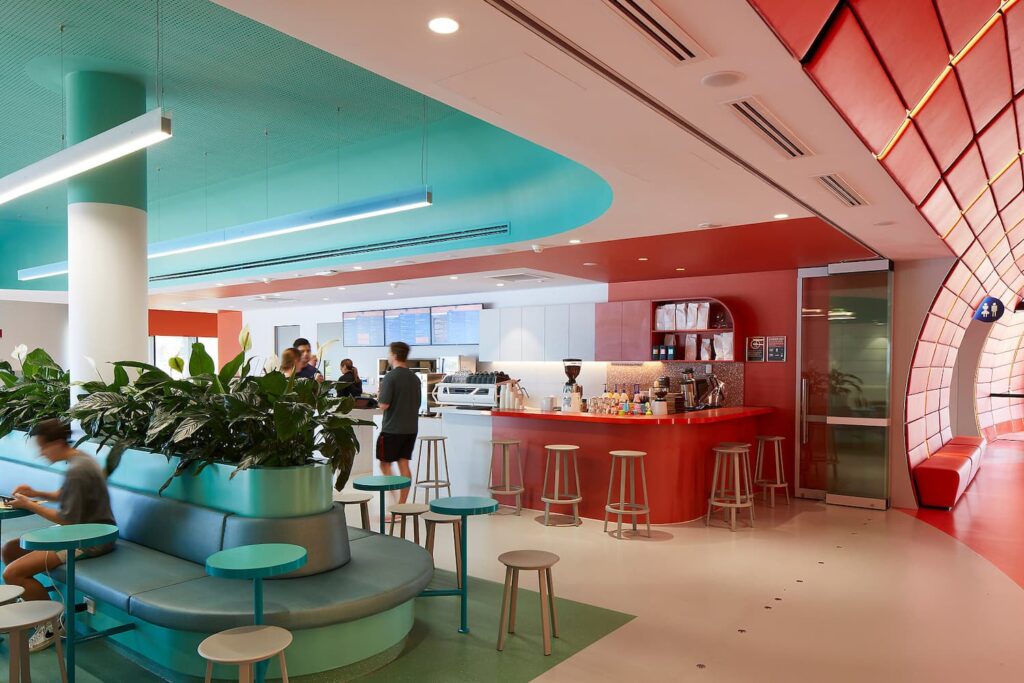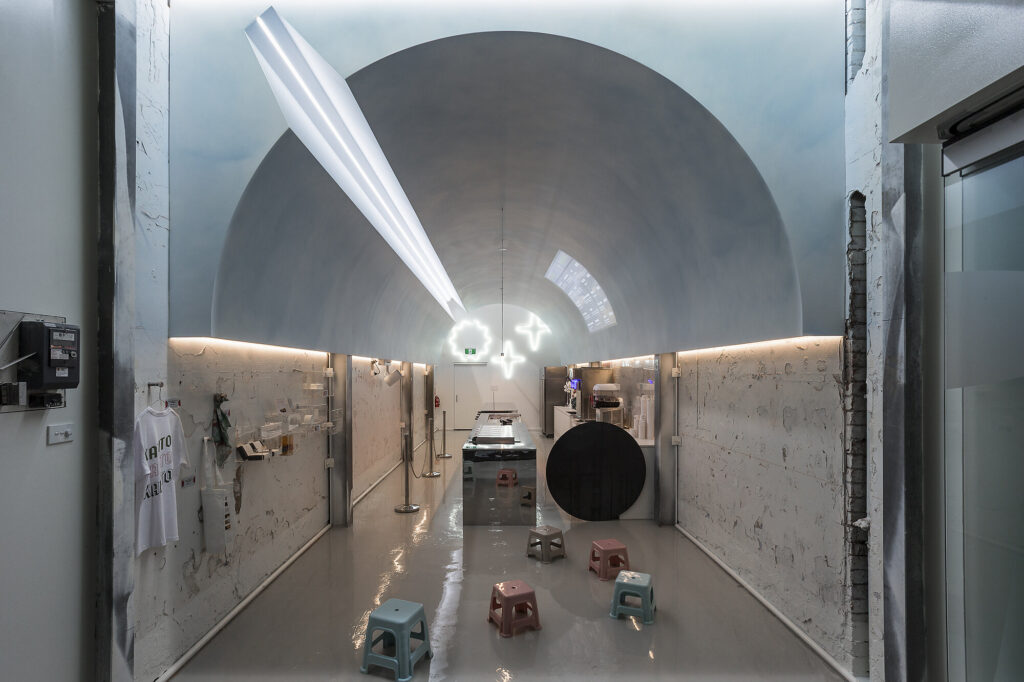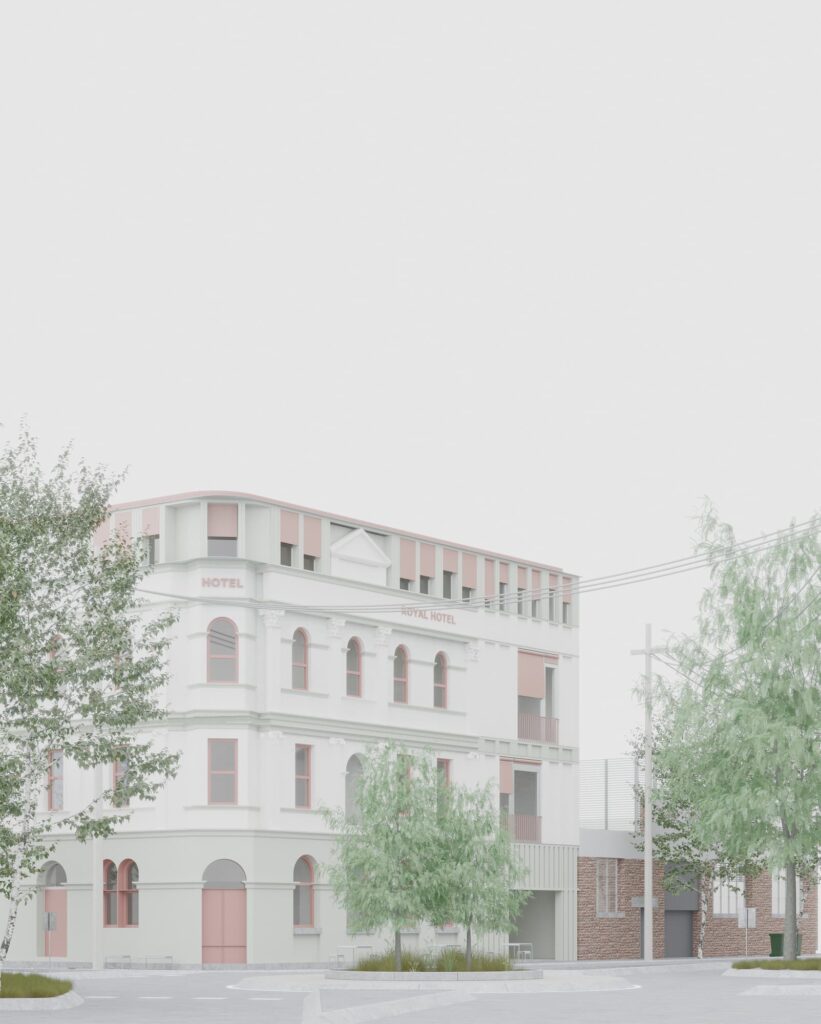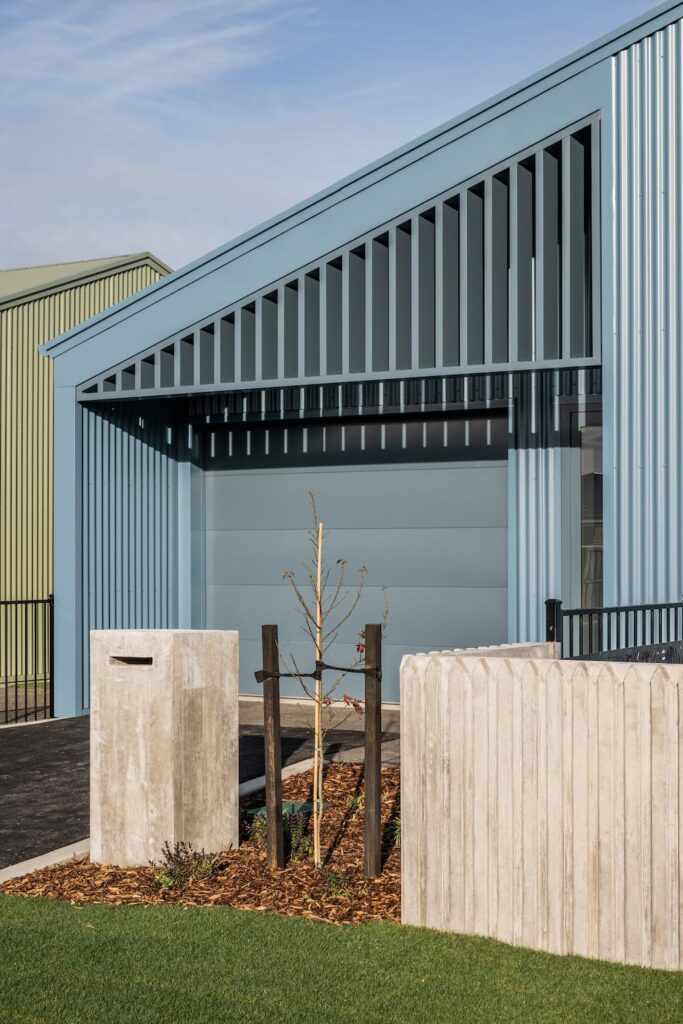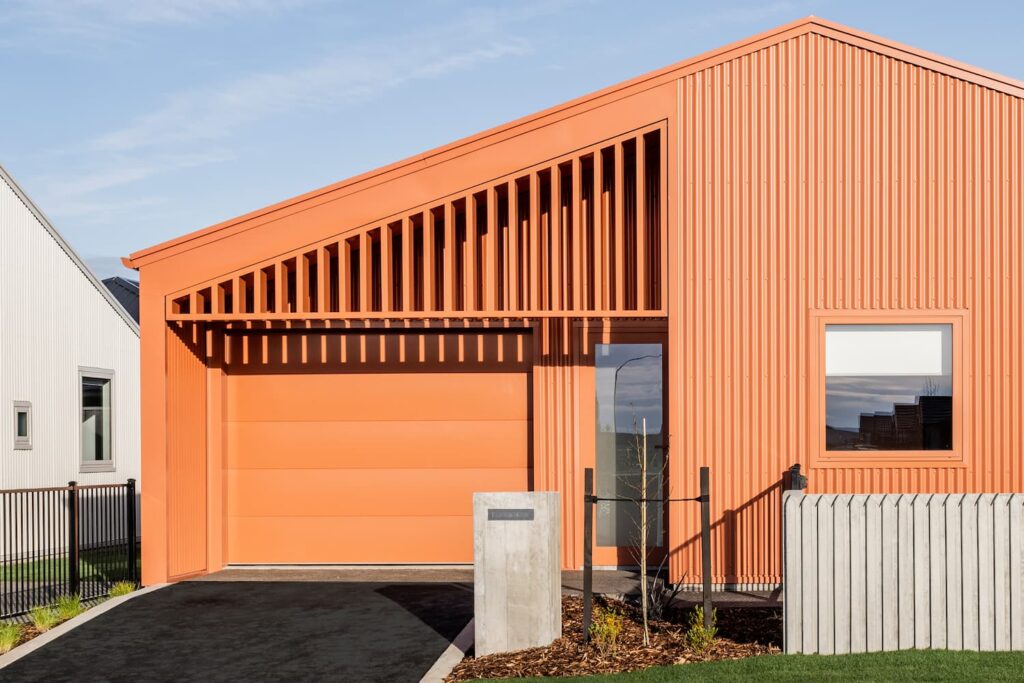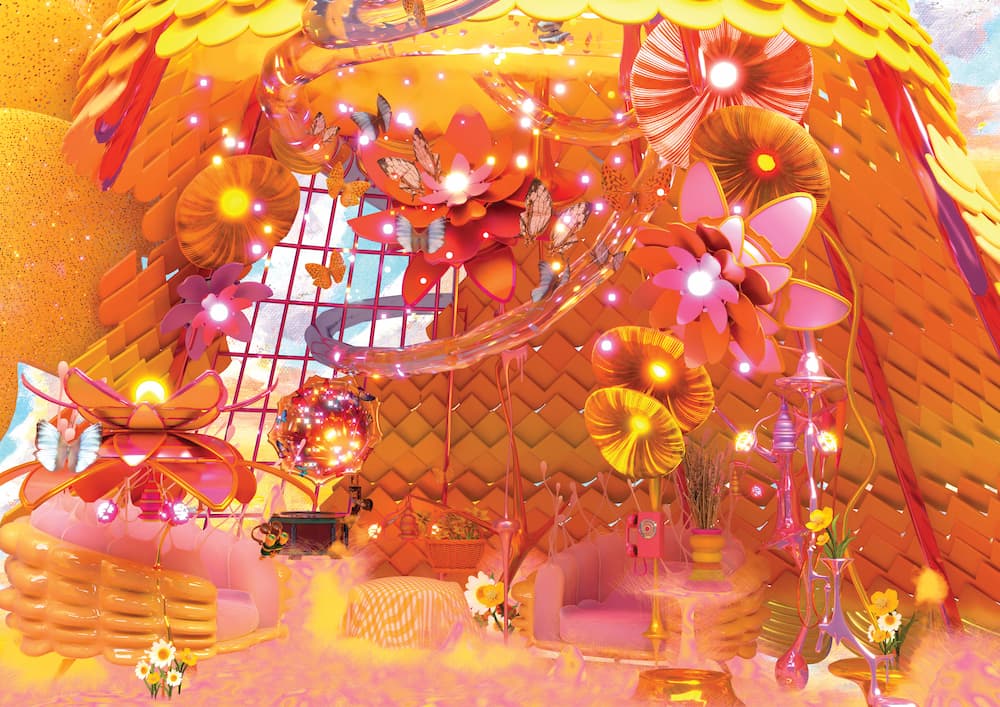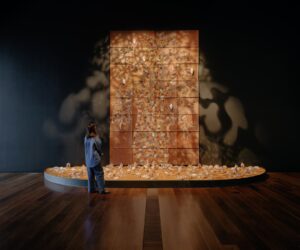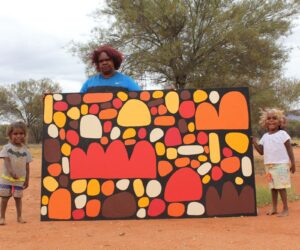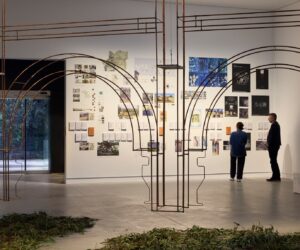38th Dulux Colour Awards: Innovation Challenges Design Norms in This Year’s Award-Winning Projects
The winners of the 38th Dulux Colour Awards, recently announced at the Sydney Opera House, represent the pinnacle of design excellence and the most innovative, refined and transformative use of colour in our built environment.
Selected from 83 finalists across Australia and New Zealand, this year’s winning projects are exceptional in their paradigm shifting approach to colour usage. They challenge the accepted norms of their respective typologies and set new benchmarks for innovation with colour in utterly surprising yet universally successful ways.
“It is fitting that this year’s awards were presented at the Sydney Opera House, for it is the embodiment of exceptional design and precedent-setting architecture, qualities that the program epitomises,” says Andrea Lucena-Orr, Dulux Colour and Communications Manager. “We aim to identify the ultimate expressions of colour in the built environment and, in doing so, to highlight the transformative potential of colour when combined with outstanding design.”
Nowhere is this better displayed than in the Australian and New Zealand Grand Prix winners. Alexandria House, the winner of the Australian Grand Prix, was unanimously applauded for its commitment to a singular gesture in the application of Dulux Cumberland Red, a deep burnished red to the ceiling of the home. The unpredictability of this design strategy redefines the genre and demonstrates, so simply, the strength of an original idea and the power of colour to transform our experience of architecture.
Similarly, the New Zealand Grand Prize winner, COMMON Architecture + Interiors, demonstrates the impact colour can have in a community when applied with great care and deep conviction. “Seven Colourful Little Houses, literally a row of lowcost houses in outer-suburban Christchurch, prompts a total rethink of the possibilities of urban development,” says Lucena- Orr. “It sets a new precedent for this typology, highlighting colour as a cost-effective, highly impactful design strategy, which is exactly what the awards program is designed to recognise.”
Both Grand Prix winners demonstrate the breadth of this year’s offerings, which saw projects of all types exemplifying outstanding original colour usage, from regional schools to inner-city retail outlets, an underground dining establishment, a heritage leisure club and a tiny gelato bar.
“Although all these projects are quite distinct programmatically, there are some strong directions that have emerged from this year’s winning projects,” says Lucena-Orr. “Colour blocking has been used to great effect across a number of projects in which spatial boundaries have been defined through colour alone. We are also seeing colour saturation in internal and external applications, which requires a level of commitment, and a deep understanding, of colour.”
In an exciting move, this year’s awards program has been expanded to include temporary or installation design as a standalone category in recognition of this growing area of design. “The inaugural winning project, Community Hall at the NGV’s 2023 Melbourne Now exhibition, is testament to the sophistication of this genre for it is a visual feast of clashing colours, brilliant and brave,” says Lucena-Orr. “We are excited to be able to expand the program to award projects of this calibre.”
The carnival-inspired colours of the Community Hall were evident across a number of projects and categories, to varying degrees of intensity, indicating a prowess to designing with fun in mind. By contrast, earthy tones were also embraced, particularly deep rusty reds in external and internal applications, as well as dusky blues, warm greys and browns.
“If there is a dominant theme this year, it is the use of colour in allencompassing ways, from coating every surface of a room in a single shade to painting an entire building in tonal graduations of one colour,” says Lucena-Orr. “In doing so, architects and designers are transforming our built environment, enhancing the user experience and challenging what we will accept as the traditional norm, especially once we see the potential of colour used in such ways.”
Due to the exceptional calibre of the 83 finalists, this year’s judging panel of highly respected design-industry professionals undertook an especially rigorous process of consultation to determine the results. The panel comprised: Shaun Carter, Founder of Carter Williamson; Monique Woodward, Co-Founder of WOWOWA Architecture; Eva-Marie Prineas, Founder of Studio Prineas; Nick Travers, Co-Director of Technē Architecture + Interior Design and Sarosh Mulla, Director of Pac Studio.
“In awarding this year’s winners, who designed an exemplary range of projects, each of which contributes positively to our built environment in a unique way, we also commend all the finalists for lifting the bar so high and demonstrating what it truly means to design with colour,” says Lucena-Orr. “It is an honour for us at Dulux to collaborate with such exceptional innovators.”
For further information on this year’s winners, finalists, judging criteria and terms and conditions, visit dulux.com.au/colourawards
